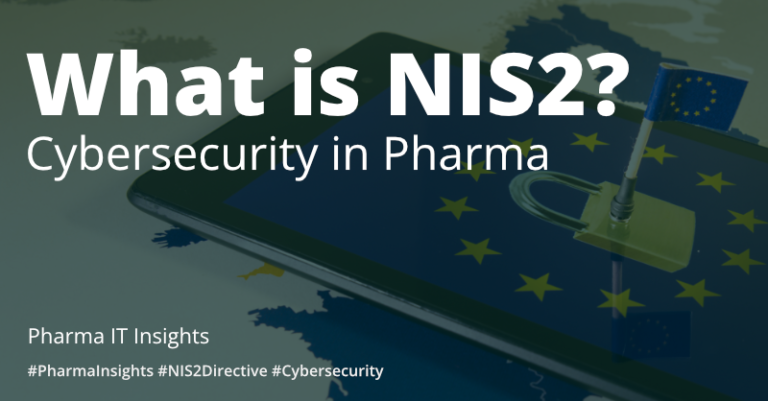
Share on email
Share on linkedin
Share on twitter
Share on skype
Share on facebook
By Per Andersen
January 19, 2021
By Per Andersen
January 19, 2020
At Pharma IT, we can quickly and reliably answer the questions above. If they go unanswered, however, they can result in costly and burdensome processes later on. Below you will find a collection of five tips that we give our customers to help ensure that they are thoroughly ready for the EU MDR.
Late preparation for the EU MDR may result in unforeseen problems and complications that can, at worst, result in a slowdown, or outright halt, of business activities. For this reason, early preparation is vital to ensure a smooth transition into MDR-compliance. The fundamental question that should be asked is: Is there ample time for the preparation of products, documentation, and systems to ensure that business will not be halted after the EU MDR goes into effect on May 2021? Answering this question should be risk-based, and any large or unnecessary risk pertaining to the preparedness of the business should be corrected with immediate preparations.
Right now, there are only 17 Notified Bodies within the EU who can assess the conformity of your product before it goes to market. For this reason, there is a risk that relevant Notified Bodies will not be able to process all applications in time – a problem that poses a potential risk of disruption to MDR-related business activities. If that happens, applying for EU MDR inspection early is of vital importance in order to ensure that your business is first in line. In this way, you can minimize the risk of a slowdown in business activities and ensure maximum business continuity well into the new landscape of EU MDR after May 2021.
When ensuring MDR-compliance, one of our first actions at a given company is to ensure that there is a thoroughly validated Quality Management System (QMS). Furthermore, the creation of key templates is central to ensuring swift and thorough documentation. In so far as our clients do not have a validated QMS, Pharma IT can provide a scalable Cloud (SaaS) solution which can be tailored to our customer’s needs – templates included. In short, make sure that your QMS is up to date – and if it isn’t, find a reliable and quickly deployable solution that is.
As you ideate and refine your medical device, including software medical devices, it is easy to forget all the daunting tasks which may surround your final product – not least validation. One of the best solutions for ensuring that all validation requirements are met is “co-creation” – the continual production and creation of relevant documentation attached to the application in question. In short, make sure to create and attach documentation in parallel with product development in order to avoid creating a documentation backlog that can slow down, or halt, business activities at a later point.
EU MDR can be a daunting and costly task. At Pharma IT, we are ready to help you with any questions that you might have – from EU MDR, to medical devices in general, and beyond. Feel free to contact Director Per Andersen at pqan@pharmait.com if you want to know more.
Per Andersen is Director of Medical Device at Pharma IT, and is a highly experienced IT Architect and Medical Device consultant.